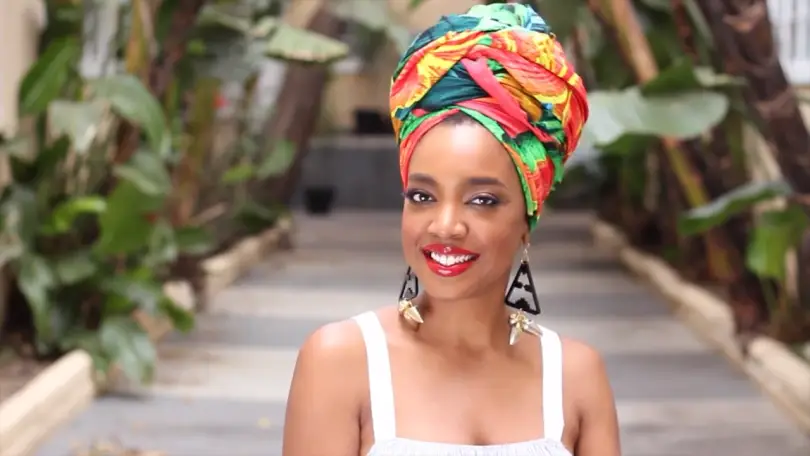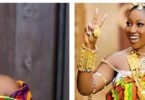African headwraps are traditional attire in many Sub-Saharan African countries. African women have worn headscarves for many years to represent wealth, ethnicity, marital status, mourning, or reverence.African head wraps
Born into slavery, and reclaimed by African women, the headwrap is now celebrated in the African fashion industry to express style and identity.
What Are African Head Wraps Called?
Originating from sub-Saharan Africa, women initially wore the African headwraps in the early 1700s to show their age, marital status, and prosperity.
Several queens wore the traditional headwear from all over Africa. Nubian queens favored elegant and luxurious clothes woven with exotic and lovely flowers. For important occasions, Nigerian queens preferred lighter and finer materials, whereas Egyptian queens wore gorgeous, complex headdresses.

African Head wrap. Photo/Desertcart
What Do Head Wraps Symbolize?
African headwraps are a common sight in the daily lives of many African women and men, despite their popularity among powerful and inspirational royal ladies. African women used to wear them to keep cool in hot weather and to shield their hair and heads from the heat.
Not only were headwraps a practical way of dealing with the harsh weather, but they also represented a woman’s spirituality, wealth, and social status within a community.
Simply by looking at the style, color, and design, it could tell if a woman was a married young woman, a widow, or a grandparent.
How a woman wears her headscarf can show her marital status in Nigeria. If the woman wears the scarf with the ends facing down, it means she is married and if worn with the ends up; the woman is single.
In Xhosa culture, South Africa, a married woman must wear iqhiya around her in-laws as a sign of respect.
Despite the effects of the Trans-Atlantic slave trade, emancipation, the Great Migration, and globalization, African head wrap has stood the test of time and space.
Similar head wraps have also become popular among African men as well, especially the durag used to maintain popular hairstyles.
What is the African Scarf Called?

African Head Wrap. Photo/AliExpress
One of the most popular headscarves across Africa is the gele from West Africa. It is incredibly majestic. They usually starch the material so it becomes stiff to hold its shape.
African head wrap has different names, depending on the region. The Yoruba in Nigeria call their wraps geles, Ghanaians call theirs dukus. South Africans and Namibians call theirs doek.
Where, when, and how they style head wraps may represent wealth, ethnicity, marital status, mourning, or reverence.
You can tie scarves into different styles of headwraps, and knots. A common head scarf style is a rectangle about 60 inches long.
- Make a topknot with your hair by tying your hair in a ponytail in the center of your head. Wrap the ponytail’s length around the base. Using bobby pins, secure the ends in place.
- You should wear the headscarf towards the back of your neck. The scarf’s bottom edge should be at the nape of your neck. Bring the ends of your hair to the front of your head, making sure they are at the same length.
- Make a knot using the scarf’s ends. The knot should be tight and in the middle of your hairline. Next, make a bow with the scarf and tuck the ends into the bow loops.
Alternatively, you can try tying a headscarf into a knot.
- Make cornrows or a slick-back style with your hair. A low ponytail is a simple slick-back look. Making a low bun by putting your hair into a low ponytail, wrapping it around the ponytail’s base, and fastening it with bobby pins is another option.
- Half-fold the headscarf. Make sure the scarf covers your ears by placing the center at the base of your neck and bringing the ends to the front. Make a double knot with the scarf.
- Pull the headscarf’s ends back over the top of the head. The scarf should entirely cover your hair. Tuck the ends beneath the back of the headscarf.
To make the headscarf sit comfortably, you may need to pull it down slightly.
Wrapping a gele can be done with any fabric, but the handwoven cloth has long been popular. A thin, crisp rectangle of material imported from Switzerland is excellent for today’s rising and elaborate fashions. Its paper-like quality makes it great for layering, folding and wrapping.
Tying isn’t the only way to go. Some gele experts can draw the design on a base and stitch it down so they can wear it like a hat.








